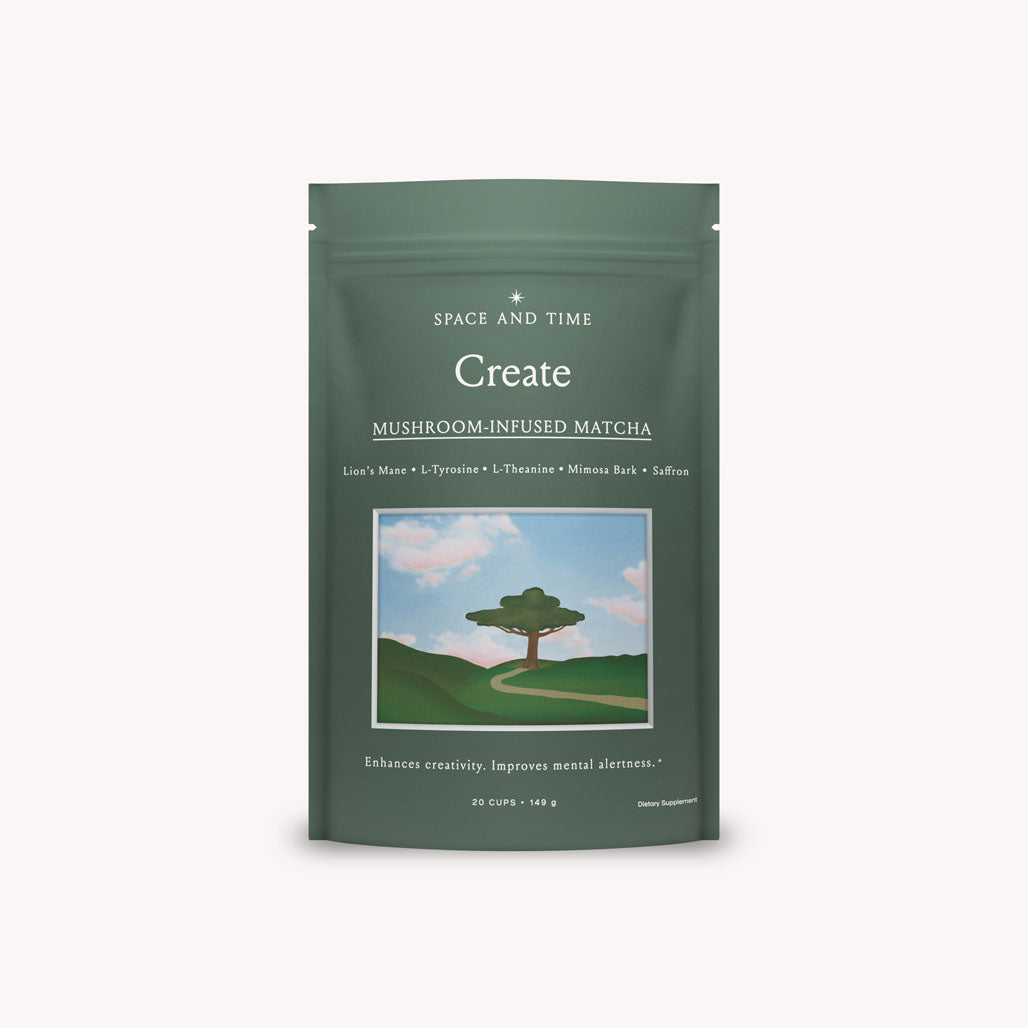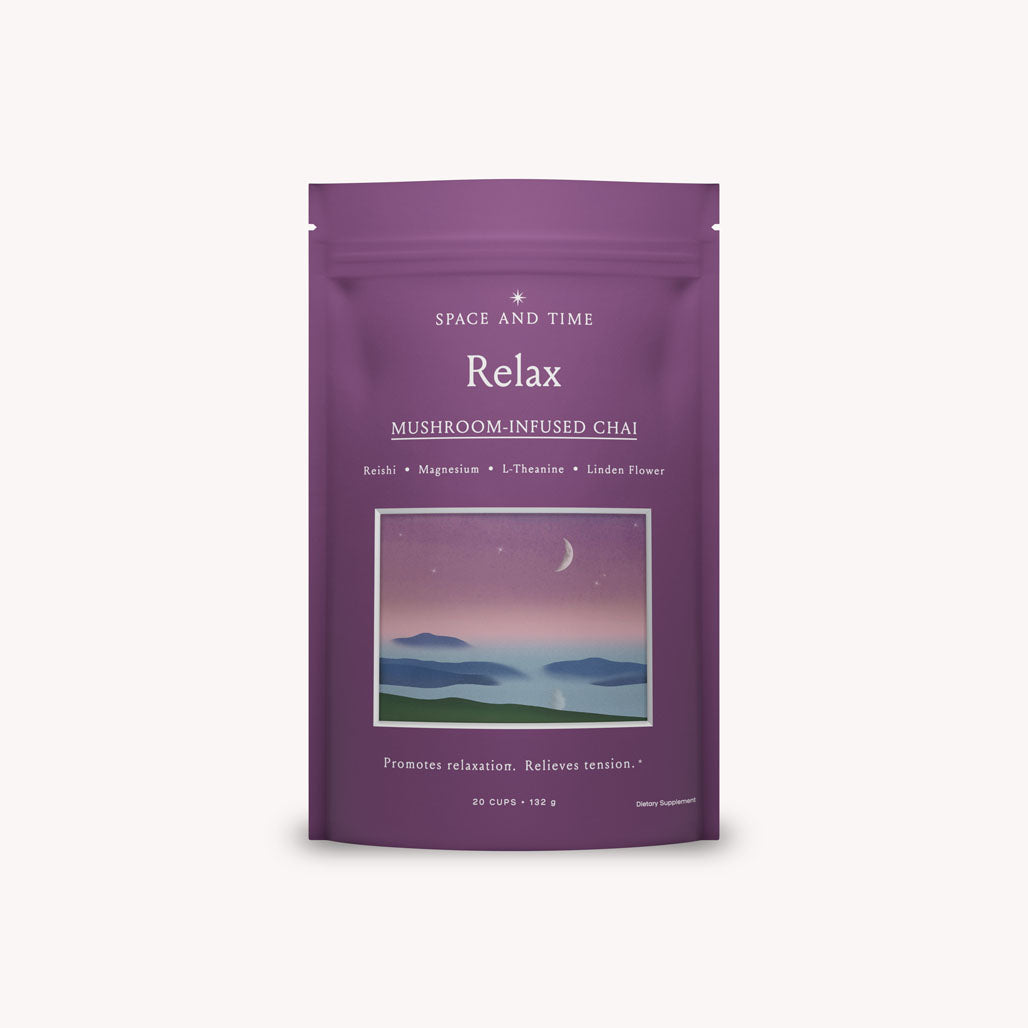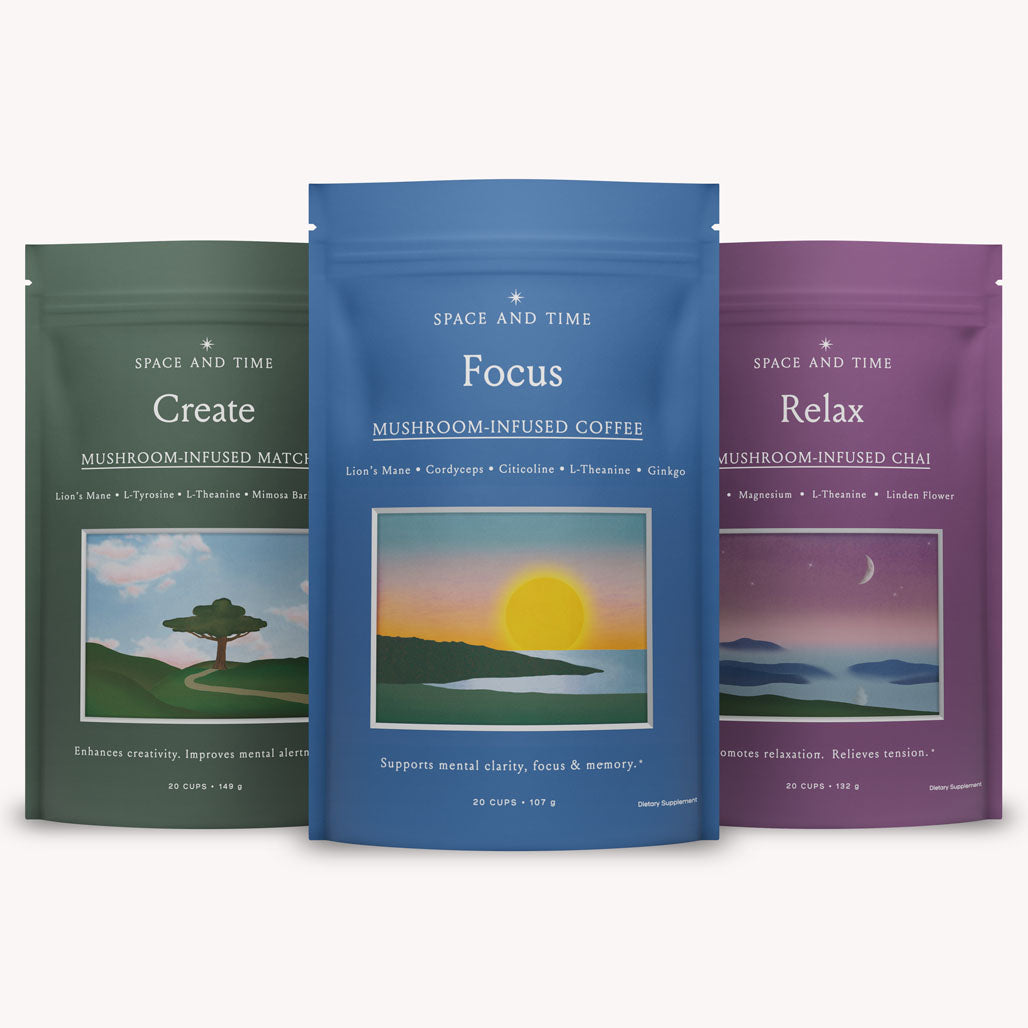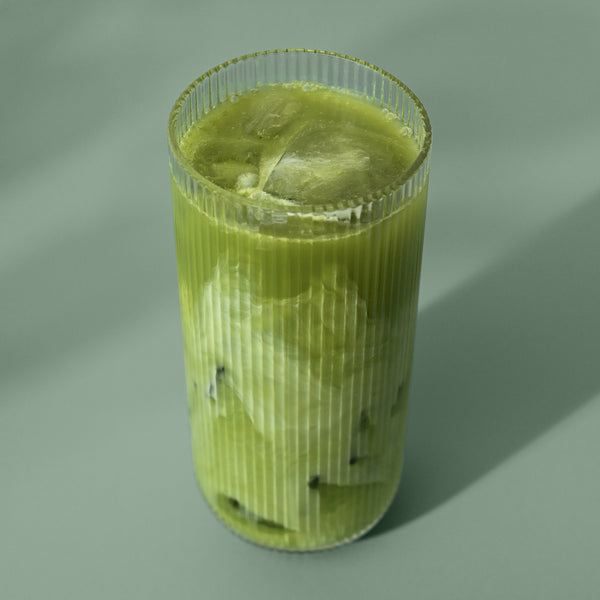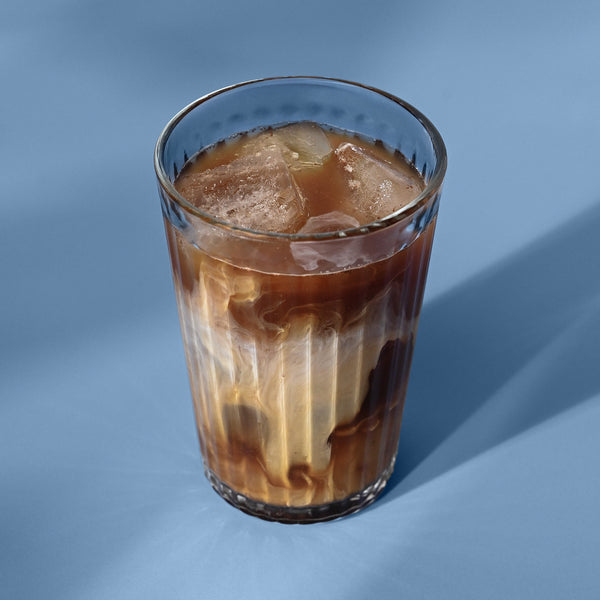

Adaptogens vs Nootropics: What’s the Difference?
In the ever-evolving world of functional wellness, the terms “adaptogens” and “nootropics” have become increasingly popular. While both are praised for their ability to support mental performance and resilience, they are often misunderstood or used interchangeably. Understanding the clear differences between these two categories is essential for making informed decisions about your health, especially if you’re incorporating mushroom coffee, mushroom matcha or mushroom chai, like those offered by Space And Time.
This article provides a comprehensive, research-based breakdown of what sets adaptogens and nootropics apart, and how they work together to support your focus, calm, and overall mental clarity.

What Are Adaptogens?
Adaptogens are a class of botanicals known for helping the body resist the effects of physical, emotional, and environmental stress. The term "adaptogen" was coined in the 20th century by Russian scientists studying herbs that could help the body "adapt" to stressors and restore balance without overstimulation or sedation.
To be considered a true adaptogen, a substance typically must:
-
Help the body cope with stress in a non-specific way
-
Support normal physiological functioning (homeostasis)
-
Be non-toxic and safe for long-term use
Adaptogens work primarily by modulating the hypothalamic-pituitary-adrenal (HPA) axis and balancing stress hormones like cortisol. This helps increase resilience and energy without the peaks and crashes associated with stimulants.
Common Adaptogens Used in Wellness Blends
Space And Time incorporates several well-studied adaptogens across its blends, particularly in its FOCUS and RELAX blends:
Reishi Mushroom (Ganoderma lucidum)
Used in the RELAX mushroom chai, Reishi is considered a calming adaptogen in Traditional Chinese Medicine. It supports the nervous system and promotes emotional balance, particularly during times of stress. Research supports its traditional use for promoting sleep, easing mental restlessness, and calming the mind .
Cordyceps Militaris
Found in the FOCUS mushroom coffee, Cordyceps is an adaptogen that supports physical endurance and energy metabolism. It has shown effects on mitochondrial ATP production and may reduce fatigue related to physical or cognitive stress .
Saffron (Crocus sativus)
Also in the RELAX blend, saffron has mood-supportive properties. Clinical studies have shown saffron’s effectiveness in maintaining emotional balance, supporting relaxation, and enhancing mental resilience .
What Are Nootropics?
Nootropics, also known as “cognitive enhancers” or “smart drugs,” refer to natural or synthetic compounds that support cognitive function. Unlike adaptogens, which work systemically to support the stress response, nootropics primarily influence brain function, enhancing memory, focus, mental clarity, creativity, or motivation.
To be considered a nootropic, a compound typically must:
-
Enhance cognitive functions such as memory, learning, or attention
-
Support long-term brain health
-
Exhibit low toxicity and minimal side effects
Nootropics work through a variety of mechanisms, including enhancing blood flow to the brain, modulating neurotransmitter levels, and supporting neuroplasticity.
Common Nootropics in Space And Time Products
Lion’s Mane Mushroom (Hericium erinaceus)
Used in both FOCUS and CREATE blends, Lion’s Mane is one of the most researched nootropic mushrooms. It supports memory, learning, and neuronal repair through its ability to stimulate Nerve Growth Factor (NGF) production. Studies suggest its effects on focus and mood may be particularly helpful for adults with attention concerns .
Citicoline
Included in the FOCUS blend, citicoline is a clinically supported compound that enhances attention and mental energy. It contributes to acetylcholine synthesis, a neurotransmitter critical for focus and learning. Studies show citicoline helps improve memory and cognitive performance, especially under mental strain .
L-Theanine
L-Theanine is found in the CREATE and FOCUS blends. It’s a nootropic amino acid that promotes calm alertness. When paired with caffeine, as in matcha or mushroom coffee, L-theanine helps smooth out the stimulating effects of caffeine and improves focus without jitteriness .
Ginkgo Biloba
This botanical nootropic is featured in FOCUS and is known for improving blood flow to the brain and supporting memory and attention. Research supports its use in healthy individuals and in those with cognitive challenges, including mild age-related cognitive decline .
Adaptogens vs Nootropics: Key Differences

Adaptogens support your whole system in adapting to stress, which indirectly helps your brain stay clear and calm. Nootropics act more directly on the brain to enhance specific mental functions.
How They Work Together
In well-designed wellness formulas like those from Space And Time, adaptogens and nootropics are often paired intentionally. This combination creates a balanced effect: calm energy and mental clarity without over-stimulation or crash.
For example, the FOCUS blend contains both nootropics (Lion’s Mane, Citicoline, Ginkgo) and adaptogens (Cordyceps), offering sustained cognitive performance along with improved resilience. Similarly, RELAX contains calming adaptogens like Reishi and mood-supportive compounds like saffron, which have cognitive as well as emotional benefits.
Blends like CREATE, which feature nootropics such as Lion’s Mane and L-Theanine alongside calming ingredients, are also designed to support flow states, where creative energy, focus, and calm coexist.
When to Use Each
If you’re feeling overwhelmed, burnt out, or physically fatigued, adaptogens may help rebuild your foundation. Reishi or Cordyceps are well suited for this purpose.
If you need help locking in on a task, staying mentally sharp, or working through information, nootropics like Lion’s Mane or Citicoline are likely more effective.
For most people, a combination of both adaptogens and nootropics, depending on the time of day or specific mental state, works best. This is the approach behind Space And Time’s three-part system: CREATE for flow and calm focus, FOCUS for mental performance, and RELAX for rest and emotional balance.
Final Thoughts
Adaptogens and nootropics are not competing categories, they are complementary tools in the functional wellness toolkit. Understanding the difference helps you select the right ingredients for your needs, whether you’re navigating a demanding workday, trying to stay grounded, or looking to feel more present and focused.
With the right balance of brain-enhancing nootropics and stress-balancing adaptogens, you can support both short-term performance and long-term wellness.

